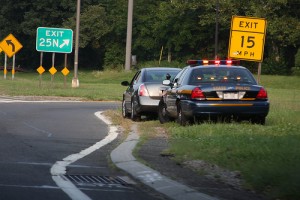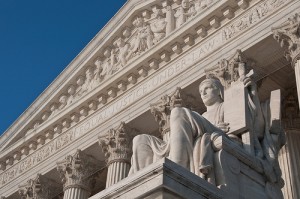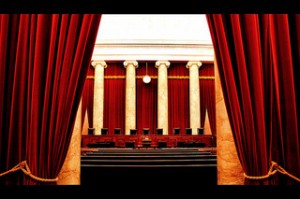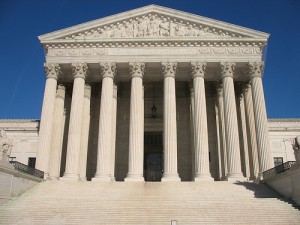Posted
21 Dec 2014 in Case Notes, Commentary
In
Heien v. North Carolina the Supreme Court held that a reasonable mistake of law can provide reasonable suspicion to uphold a traffic stop under the Fourth Amendment.
A police officer pulled over a car that had only one working brake light because he believed that North Carolina law required both brake lights to work. The North Carolina Court of Appeals, interpreting a statute over a half a century old, concluded only one working brake light is required.

When the vehicle’s occupants behaved suspiciously, the officer asked to search the car. They consented, and the officer found cocaine. The owner of the car argued that the stop violated the Fourth Amendment because driving with one working brake light doesn’t violate North Carolina law.
The Supreme Court has long held that reasonable mistakes of
fact do not undermine Fourth Amendment searches and seizures. Justice Roberts reasoned in this 8-1 decision: “Whether the facts turn out to be not what was thought, or the law turns out to be not what was thought, the result is the same: the facts are outside the scope of the law. There is no reason, under the text of the Fourth Amendment or our precedents, why this same result should be acceptable when reached by way of a reasonable mistake of fact, but not when reached by way of a similarly reasonable mistake of law.”
 When the vehicle’s occupants behaved suspiciously, the officer asked to search the car. They consented, and the officer found cocaine. The owner of the car argued that the stop violated the Fourth Amendment because driving with one working brake light doesn’t violate North Carolina law.
The Supreme Court has long held that reasonable mistakes of fact do not undermine Fourth Amendment searches and seizures. Justice Roberts reasoned in this 8-1 decision: “Whether the facts turn out to be not what was thought, or the law turns out to be not what was thought, the result is the same: the facts are outside the scope of the law. There is no reason, under the text of the Fourth Amendment or our precedents, why this same result should be acceptable when reached by way of a reasonable mistake of fact, but not when reached by way of a similarly reasonable mistake of law.”
When the vehicle’s occupants behaved suspiciously, the officer asked to search the car. They consented, and the officer found cocaine. The owner of the car argued that the stop violated the Fourth Amendment because driving with one working brake light doesn’t violate North Carolina law.
The Supreme Court has long held that reasonable mistakes of fact do not undermine Fourth Amendment searches and seizures. Justice Roberts reasoned in this 8-1 decision: “Whether the facts turn out to be not what was thought, or the law turns out to be not what was thought, the result is the same: the facts are outside the scope of the law. There is no reason, under the text of the Fourth Amendment or our precedents, why this same result should be acceptable when reached by way of a reasonable mistake of fact, but not when reached by way of a similarly reasonable mistake of law.”









